#Bactrian camel
Text
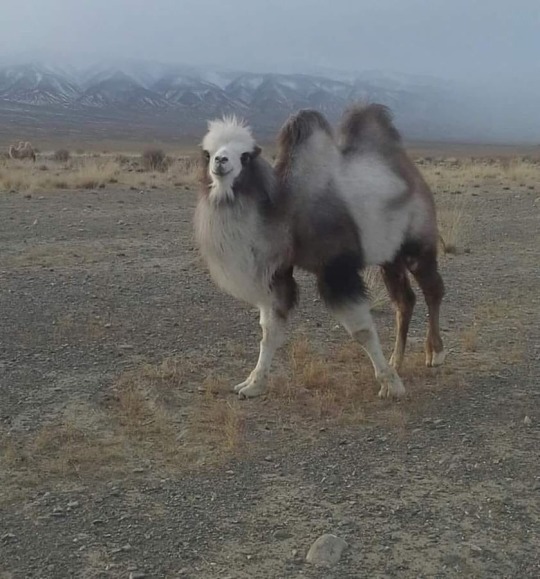
Piebald Bactrian camel (Camelus bactrianus) [x]
4K notes
·
View notes
Text
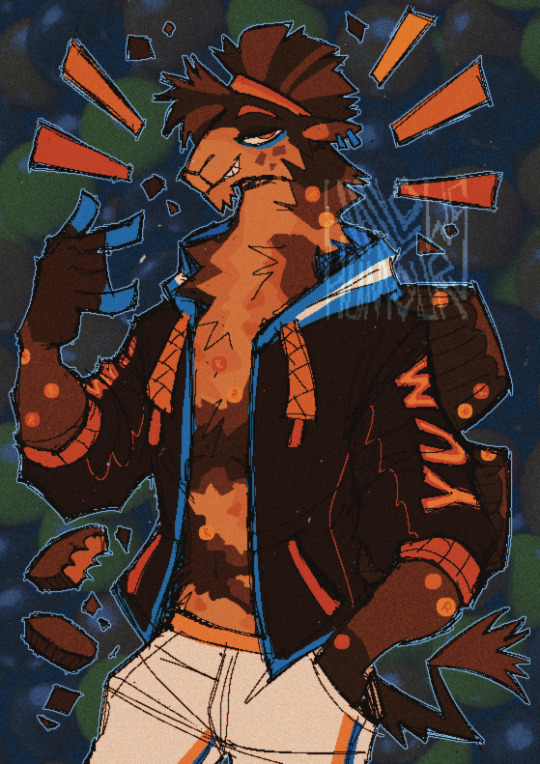
Now my day’s on cruise control.🍫🥜🐫‼️
#doodle of a new oc i adopted from qhostbyrd!#hes a camel based and hes called rhys!#hes a reeses chocolate themed little fella#im so stoked to have him!!#my art#art#digital art#oc#furry#anthro#fursona#illustration#camel#bactrian camel#chocolate#yummy#furry oc#orange#blue
211 notes
·
View notes
Text

A man with a baby camel
By: James B. Shackelford
From: Natural History Magazine
1933
#bactrian camel#camel#camelid#ungulate#mammal#1933#1930s#James B. Shackelford#Natural History Magazine
94 notes
·
View notes
Text
Afrikanpikkuvuohi (Capra aegagrus hircus) African pygmy goat
Przewalskinhevonen (Equus przewalskii) Przewalski's horse
Kulaani (Equus hemionus kulan) Mongolian wild ass
Jakki (Bos grunniens) Yak
Härkägemssi (Budorcas taxicolor) Takin
Karhu (Ursus arctos) Brown bear
Metsäpeura (Rangifer tarandus fennicus) Finnish forest reindeer
Suokukko (Calidris pugnax) Ruff
Kaksikyttyräinen kameli (Camelus bactrianus) Bactrian camel
Berberiapina (Macaca sylvanus) Barbary macaque
#meowth#korkeasaari#african pygmy goat#przewalski's horse#mongolian wild ass#yak#takin#brown bear#finnish forest reindeer#ruff#bactrian camel#barbary macaque#pokemon#my pokemon
9 notes
·
View notes
Text
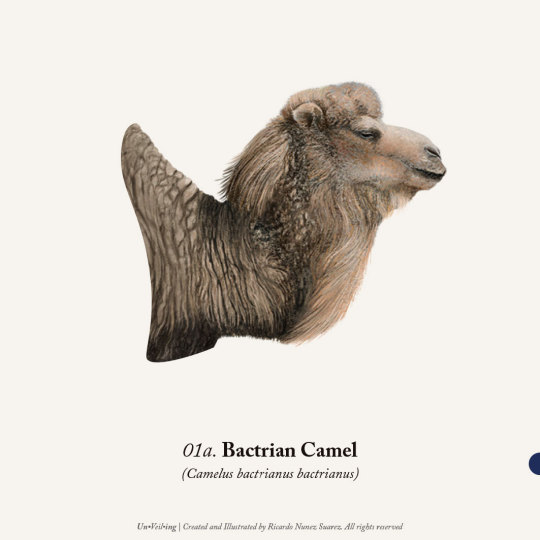
Bactrian Camel
Camelus bactrianus bactrianus
Family: Camelidae
Genus: Camelus
Subspecies: 02
Feed: Herbivore
Habitat: Arid Desert
Status and Conservation: Not Evaluated
It was domesticated circa 4500 BC and ever since has contributed greatly to the development of humans. It was found initially mostly in the Gobi Desert but because is now domesticated, can be found all around the world.
____________________
Full text, drawing process, and family here
#bactrian camel#camel#camello#mammals#illustration#drawing#scientific illustration#illo#wild animals#wildlife#artist on tumblr#animals#animal#mammal#ungulate#conservation
11 notes
·
View notes
Text
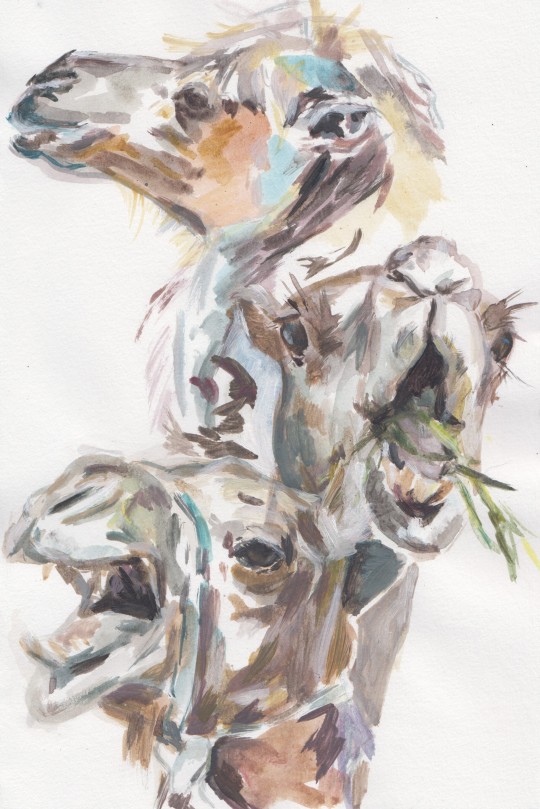
Camels painted with acrylic on paper. The one at the top of the page is a bactrian camel and the other two are dromedaries.
#art#artist#artists on tumblr#animal art#camels#camel#animals#acyrlicpainting#acrylic on paper#acrylic painting#dromedary#dromedaries#bactrian camels#bactrian camel#animal studies
54 notes
·
View notes
Photo
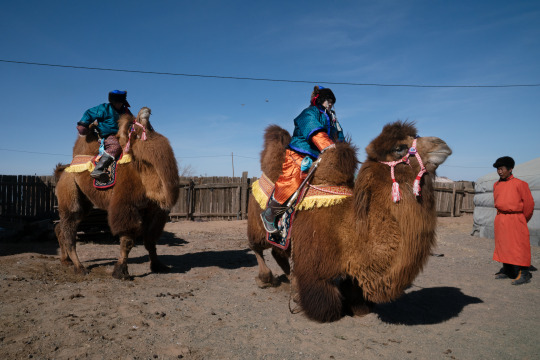

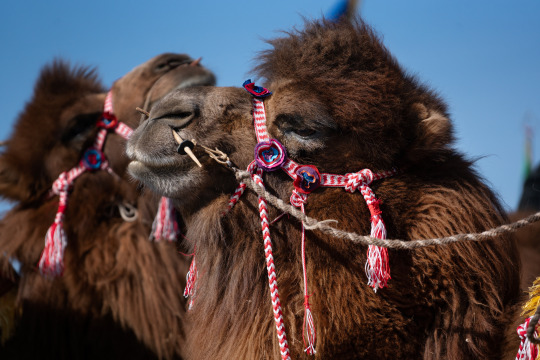





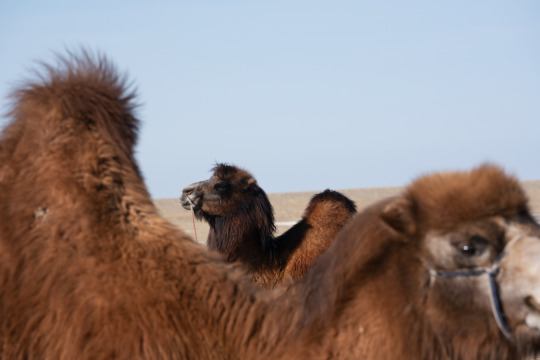

Behold Mongolia's Camel Beauty Contest
Humps and hair. That's the scene in Bulgan Soum, a tiny Mongolian town in the middle of the Gobi Desert about 160 miles north of the Chinese border.
Bactrian camels arrive in all directions on foot, bearing bundled-up riders wedged between their two humps. It's early March. While the sky is cloudless, the wind can pick up quickly. Officially called the Thousand Camel Festival, the crowd that arrives for the kickoff appears to consist of 100 camels.
The two-day festival begins with a camel beauty pageant.
"Mostly young people participate in the Beautiful Couple Contest. But we wanted to represent the older generation of herders," says lifelong herder Enkhbaatar Dashnyam. At 59, he and his wife, Dulamsuren Yunden, 47, have been herding all their lives. They rely on their animals as a form of transportation and sell products from their wool and milk.
The judges are looking for earmarks of tradition; contestants who wear herding decorations and utensils will have a better chance of winning. Both members of this husband and wife duo wear leather boots with upturned tips and fur hats. Enkhbaatar's belt is slung with an ornate knife and a silver bowl.
When visiting a herder, it's customary to be offered milk tea. "Since old times," he says holding a silver bowl, "Mongolians would carry their own cup."
Enkhbaatar and Dulamsuren will showcase two of their most gentle camels, Mashan Huren and Hos Yagaan. Translated, that means "floppy brown one" and "double pink." Their Chewbacca-colored hair, which hangs like a beard, is brushed. Their humps are draped in gold fringe. A harness is kept in place with a nose peg.
Bactrian camels were domesticated thousands of years ago to carry goods and people across Asia. Adapted for desert conditions, the camels can perform Olympic-like feats: carry over 400 pounds on long journeys, withstand 100-degree Fahrenheit summers and -20-degree winters and, when nourished, go without eating and drinking for weeks. Their humps act as fat reserves for energy.
The camels kneel down so Enkhbaatar and Dulamsuren can climb atop. They enter the festival grounds, a dusty square cleared of camels with spectators now packing the perimeter. Music swells over the loudspeaker. After a burst of applause, the pageant begins.
When it's their turn, the couple ride proudly across the square. The beards of their camels billow. Everyone is taking their picture, which matters more to the couple than winning. Enkhbaatar wants future generations — his grandchildren included — to have photographic proof of their lifestyle.
"Since no one lives forever, I wanted to leave our pictures behind for future generations and my descendants," he says, "so they can feel proud. That's what we were thinking when we decided to participate in this contest."
The judges don't announce the winners until the following day. But there's plenty to do at the Thousand Camel Festival until then. Herders sell fermented camel milk, alongside camel toys stitched from felt. Sporting events — like the camel polo tournament and camel race — continue into the afternoon. In 2016, the festival broke a mark recognized by the Guinness World Records for largest camel race. Over 1,100 camels crossed the finish line.
Why this regional craze for the two-humped creature? The origin story is intertwined with Mongolia's transition to democracy.
Under socialism, herding was centrally planned. Herders sold their animal products to the state. With the onset of capitalism in 1990, herders faced new pressures within the free-market economy. For some, their camels were worth more dead than alive.
"Camel herders couldn't get a good amount of money selling products from camel milk and wool," says 35-year-old festival organizer Ariunsanaa Narantuya.
Camel milk and wool wouldn't sell, but camel meat would. Some herders began slaughtering their camels. The festival was created a few years later, in 1997, by the newly formed Camel Protection Association — a local nongovernmental organization — to reverse that trend and protect the desert creature.
Bulgan Soum is now distinguished by its love and stewardship of Bactrian camels.
After the pageant, Dulamsuren tells NPR that she and her husband have 200 camels in their herd. The birthing season is coming. While most newborn camels make it, some don't or are stillborn. When that happens, she says, the mother camel will mourn.
"The mother camel literally weeps with tears in their eyes," Dulamsuren says. "The camel has a big body, but they have a very soft heart."
Dulamsuren has a song for moments like these, one herders have used for generations to soothe camels over heartbreak. The full practice of "camel coaxing," to unite mothers with calves, was captured in the 2003 German film, The Story of the Weeping Camel.
This bond — between herder and camel — is hard to put into words. But you know it when you see it, and the judges definitely noticed. The next day, Dulamsuren and her husband were declared the winners of the 2019 Camel Beauty Pageant.
#these photos are so gorgeous oh my goodness#culture#animals#herding#livestock#clothing#textiles#art#mongolia#gobi desert#camels#bactrian camel
76 notes
·
View notes
Text
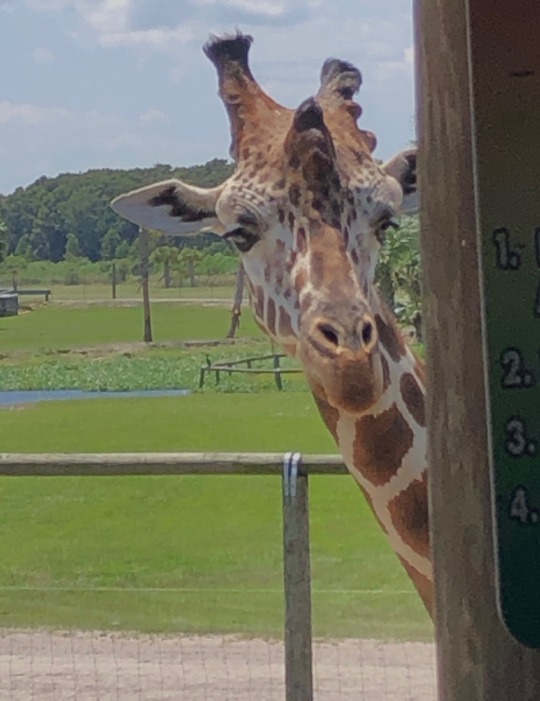
Hi I’m Walter! 🐊🦓🦒🐫🐪🦏🦬🐃🐂🦌🫏
#giraffe#wild florida#just saying hi#beautiful creatures#dromadery camel#bactrian camel#water buffalo#alligator#lemures#zebras#ostrich#emu#RIP rhino#eland#watusi#nilgai#bongo#bison#gemsbok#blackbuck#elk#scimitar horned oryx#axis deer#crocodile#zedonk&zorse#fallow deer#kunekune pig#waterbuck#bahman cattle#sika deer
16 notes
·
View notes
Text

from inmate series
photography + © Christof Keßemeier
16 notes
·
View notes
Text
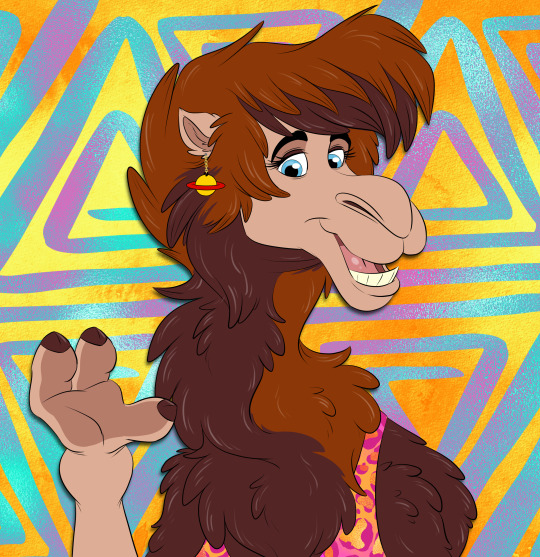
My fursona Andie <3
5 notes
·
View notes
Text
Went to the zoo today!! Here’s a picture dump
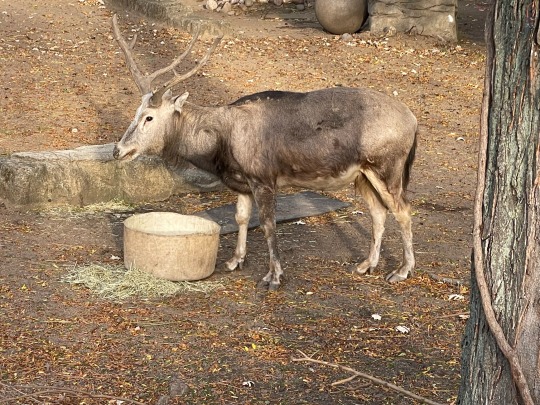
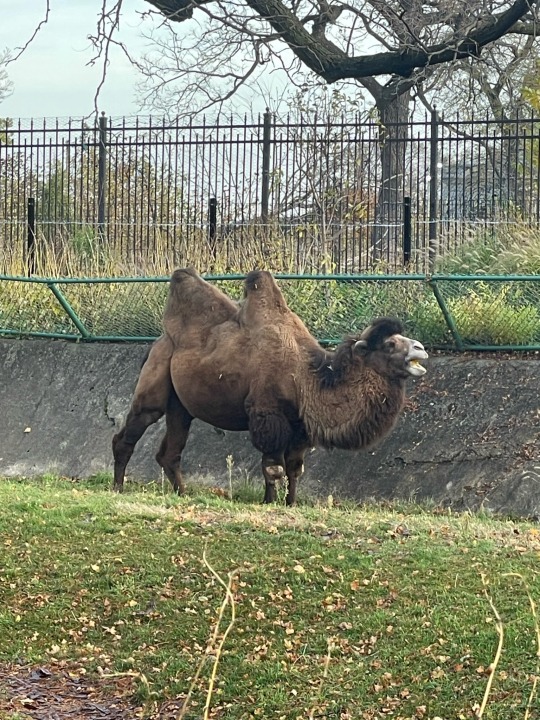
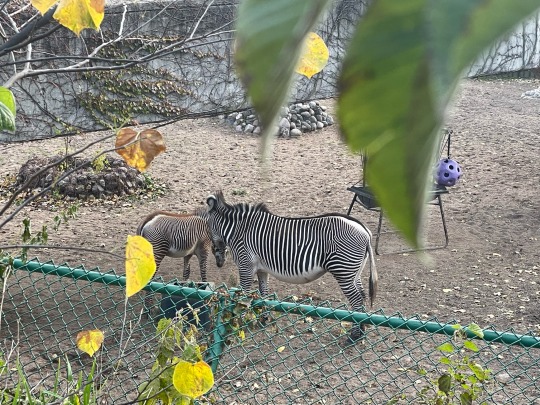



5 notes
·
View notes
Text
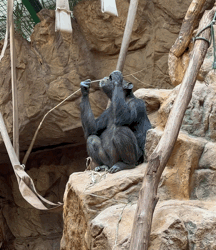

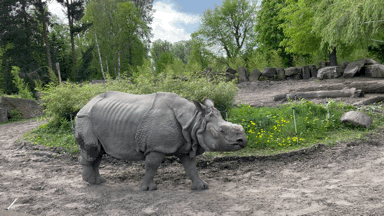
2 notes
·
View notes
Text
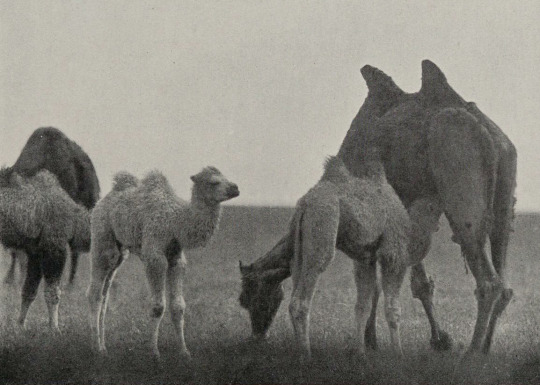
Bactrian camels at Askaniya Nova
By: Karl Soffel
From: Lebensbilder aus der Tierwelt
1908
37 notes
·
View notes
Text
Korkeasaari
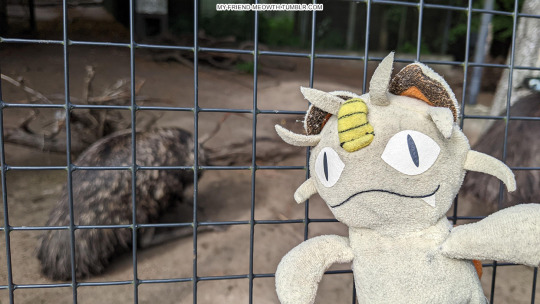
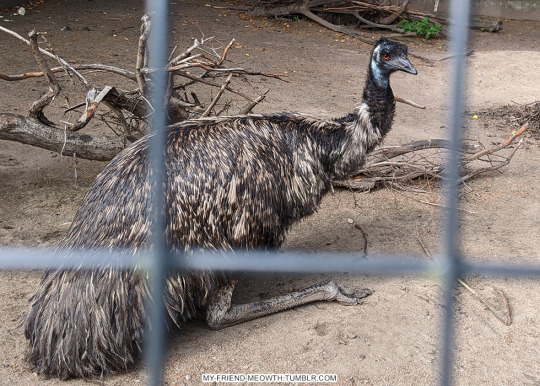
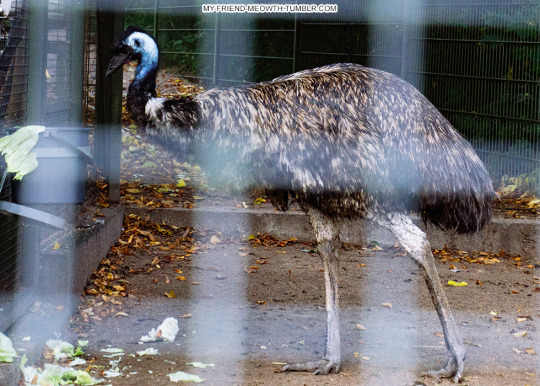
Emu (Dromaius novaehollandiae) Emu

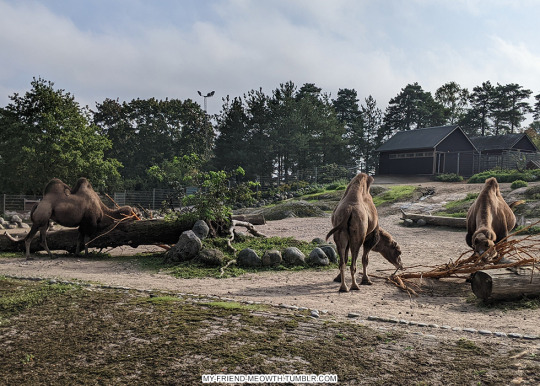
Kaksikyttyräinen kameli (Camelus bactrianus) Bactrian camel
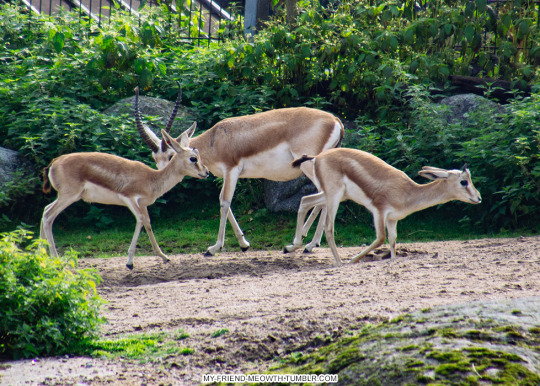
Kuhertajagaselli (Gazella s. subgutturosa) Goitered gazelle
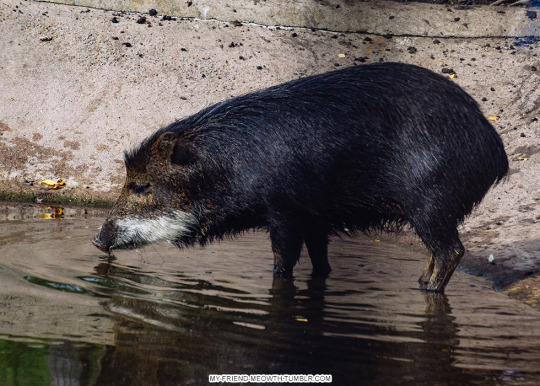
Huulipekari (Tayassu pecari) White-lipped peccary

Pampajänis (Dolichotis patagonum) Patagonian mara
#meowth#korkeasaari#helsinki#emu#bactrian camel#goitered gazelle#white-lipped peccary#patagonian mara#pokemon#my pokemon
18 notes
·
View notes
Text
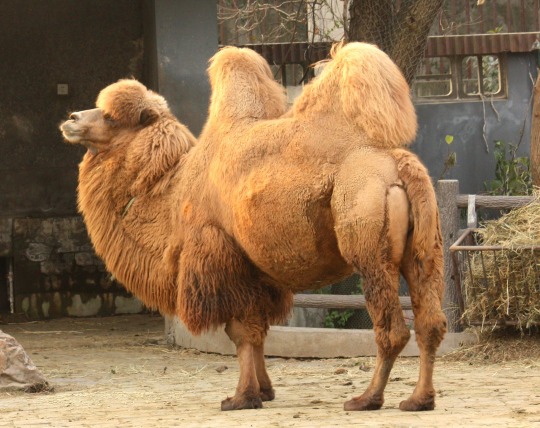
Bactrian camel (Camelus bactrianus)
Camels are most often associated with hot regions. But while this is true for the one-humped dromedary, the two-humped Bactrian camel is found in the central Asian deserts, where snow falls in the winter months. Its robust body and fluffy winter coat helps it with the cold, and it can eat snow instead of drinking water. A wild relative of the Bactrian camel still exists, but is critically endangered. Bactrians themselves were domesticated several thousand years ago, and have been used as effective pack animals, notably on the Silk Road.
#markhors-menagerie#animal facts#animals#biology#fun facts#ungulates#even toed ungulates#Camelidae#camels#Bactrian camel
5 notes
·
View notes
Text
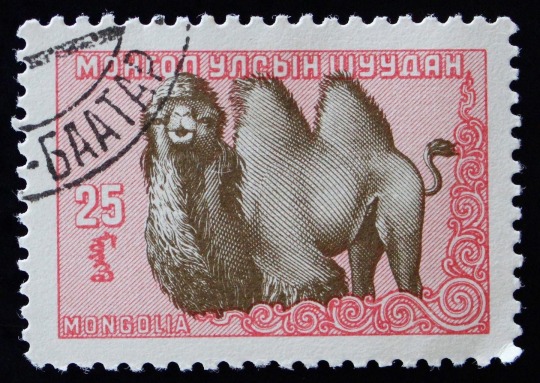
7 notes
·
View notes